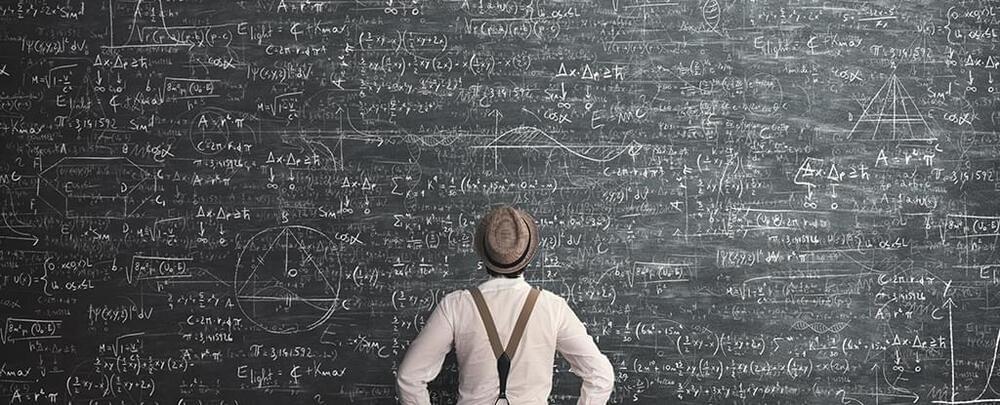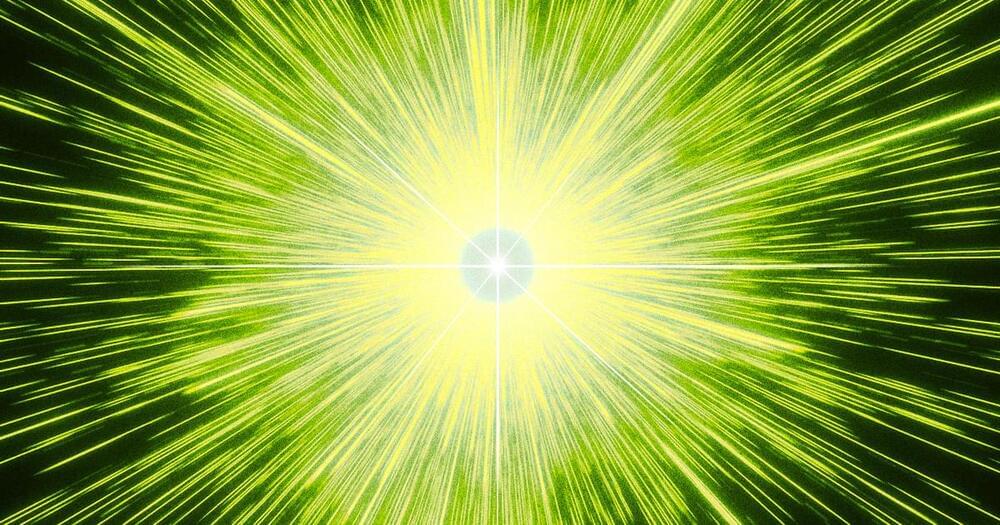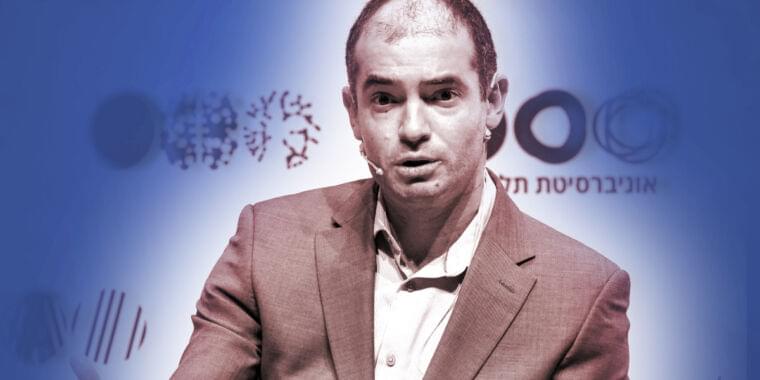Understanding the orbital dance of three celestial objects has challenged mathematicians for centuries. Now, the game has changed.
Get the latest international news and world events from around the world.

Mathematicians Have Found The Ninth Dedekind Number, After 32 Years of Searching
Undeterred after three decades of looking, and with some assistance from a supercomputer, mathematicians have finally discovered a new example of a special integer called a Dedekind number.
Only the ninth of its kind, or D, it is calculated to equal 286 386 577 668 298 411 128 469 151 667 598 498 812 366, if you’re updating your own records. This 42 digit monster follows the 23-digit D discovered in 1991.
Grasping the concept of a Dedekind number is difficult for non-mathematicians, let alone working it out. In fact, the calculations involved are so complex and involve such huge numbers, it wasn’t certain that D would ever be discovered.
First-of-its-kind robot receptionist is like ChatGPT with a face
Engineers have combined the AI model powering ChatGPT with a humanoid bust to create a robot receptionist for the UK National Robotarium, a center for robotics and AI.
“We are exploring how to use and further develop the recent AI advances in LLMs to create more useful, usable, and compelling systems for collaboration between humans, robots, and AI systems in general,” researcher Oliver Lemon told Tech Xplore.
The AI revolution: Large language models (LLMs) — AI systems that can understand and respond to natural language — are exploding in popularity, largely due to the release of ChatGPT in 2022.

Playing Video Games With Mind Control
Are gamers paving the way to the future?
The future is now — or so it seems. @perrikaryal is a gamer, Twitch streamer, psychology graduate and a genius with the ability to control games…with her mind! She has mastered the art of doing this with games like Elden Ring, Halo and TrackMania all without using a controller. To do this she uses an EEG (electroencephalogram) that picks up her brain activity, which then translates into pushing buttons on a virtual controller.
Is mind control the future of gaming?
00:00 Intro.
00:20 What is mind control gaming?
01:03 What does brain activity look like?
02:08 How did you make it work?
04:02 James steps in the gaming ring.
05:30 Mind control gaming IS for everyone.
07:42 Bloopers!
#Games #Twitch #Brain.
Sam Altman may return as OpenAI CEO, Satya Nadella plays kingmaker as Microsoft and investors bat for Sam
This sounds like game of thrones.
OpenAI CEO Sam Altman’s sudden departure shocked the tech industry recently. Reports suggest investors, including Microsoft’s Satya Nadella, are pushing for his return which has led to speculations about his possible comeback.

Details emerge of surprise board coup that ousted CEO Sam Altman at OpenAI
But not all reactions were doom and gloom. As Friday night wore on, some at OpenAI made forward-looking statements. Evan Morikawa, Engineering Manager at OpenAI wrote on X, “For those wondering what’ll happen next, the answer is we’ll keep shipping. @sama & @gdb weren’t micro-managers. The ✨ comes from the many geniuses here in research product eng & design. There’s clear internal uniformity among these leaders that we’re here for the bigger mission.”
Expect to hear more on the OpenAI board’s side of the story as further details emerge.
Perpetual Life Party Celebrating 10 Year Anniversary! Bill Faloon presents “Ten Year History”
You’re invited to the Perpetual Life 10th anniversary hybrid party!Join us for our Perpetual Life Hybrid Party live from our new location at 950 South Cypres…

Scientists Have Developed an Engineered Protein That Improves Memory
Researchers from the Faculty of Medicine and Surgery at the Catholic University, Rome and the Fondazione Policlinico Universitario A. Gemelli IRCCS have developed an engineered protein that boosts memory.
Neuroscientists at the Faculty of Medicine and Surgery of the Catholic University, Rome, and the Fondazione Policlinico Universitario Agostino Gemelli IRCCS have genetically modified a molecule, the protein LIMK1, which is normally active in the brain, with a key role in memory.
They added a “molecular switch” that is activated by administering a drug, rapamycin, known for its several anti-aging effects on the brain.
In ousting CEO Sam Altman, ChatGPT loses its best fundraiser
Sam Altman, the CEO and co-founder of OpenAI, has been stripped of his positions by the company’s board, citing a lack of candidness in his communications, leaving a significant gap in the company’s fundraising efforts.